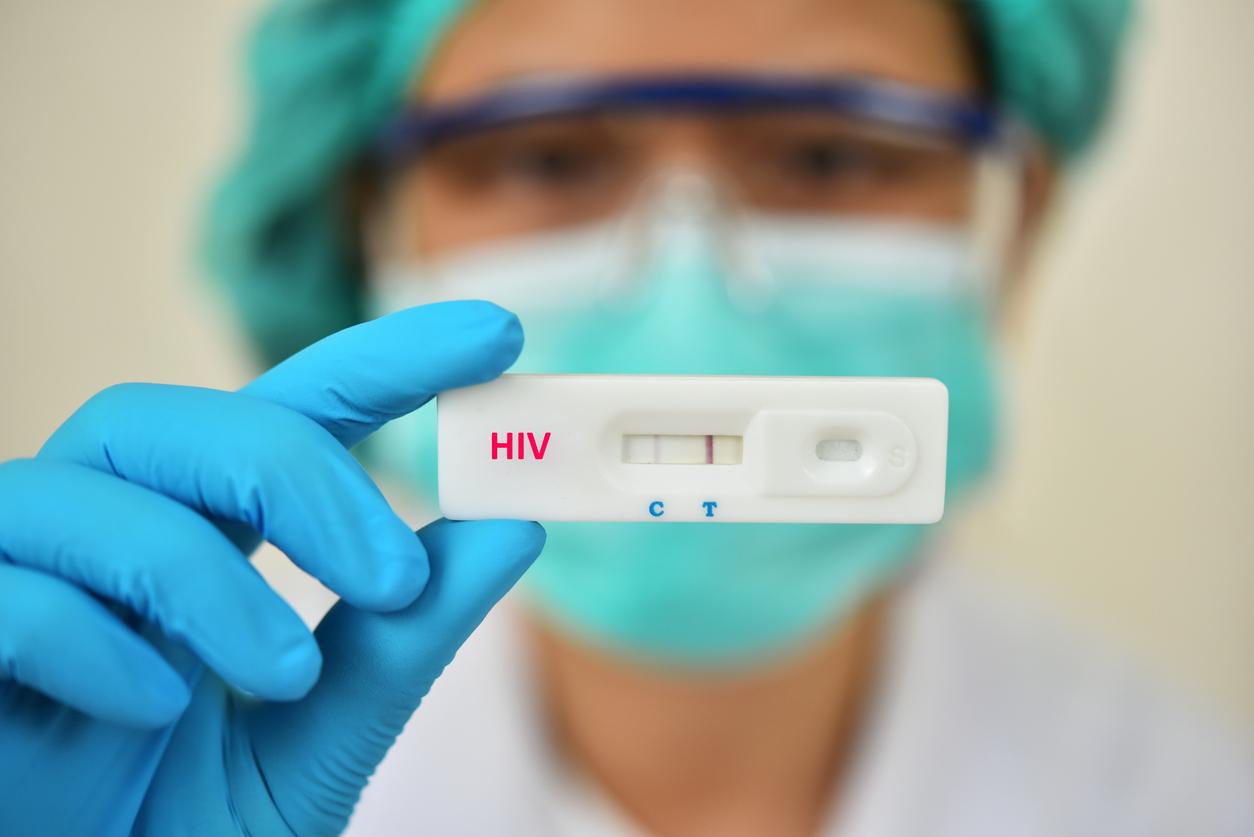Herpes today affects a large part of the world’s population. It is the most common sexually transmitted disease in developed countries.

3.7 billion. This is the dizzying number that corresponds to the number of people under the age of fifty with type 1 herpes (HSV-1) worldwide. These estimates from the World Health Organization are published this Thursday in the scientific journal Plos One. The opportunity to emphasize the risks associated with this disease, the cause of the most common genital infections in developing countries.
Type 1 herpes manifests as flare-ups of “cold sores” around the mouth. It is transmissible by contact with the oral mucous membranes. There is also type 2 herpes (HSV-2) which is transmitted during sex. This results in an infection that can be very uncomfortable, and is characterized by the appearance of small painful blisters on the genitals.
However, the WHO recalls that type 1 herpes can also cause these infections during oral sex. 140 million people between the ages of 15 and 49 live with a genital infection caused by type 1 herpes, mainly in Europe and the United States. In addition, 417 million cases of genital herpes type 2 have been recorded by the organization.
Better communicate
Problem: Genital herpes can sometimes be asymptomatic, which increases the risk of transmission, because the carrier is often unaware that he has the condition himself, until the vesicles have appeared. The virus can be detected through a blood test, when a person decides to go for a test for sexually transmitted diseases.
This is precisely the message that the WHO wishes to convey. Communication with young people must be strengthened to encourage them to get tested before having unprotected sex. “Access to education and information about herpes and STDs is crucial to protect the health of young people before they become sexually active” emphasizes Dr Marleen Temmerman, Director of the WHO Reproductive Health Department.
Especially since the two viruses are extremely contagious, and above all incurable. An affected person may take treatment with antiviral drugs to limit symptoms and prevent flare-ups. However, she will have to live with the disease all her life. In the absence of definitive treatment, researchers are currently working on the development of vaccines to prevent future infections.
.
















